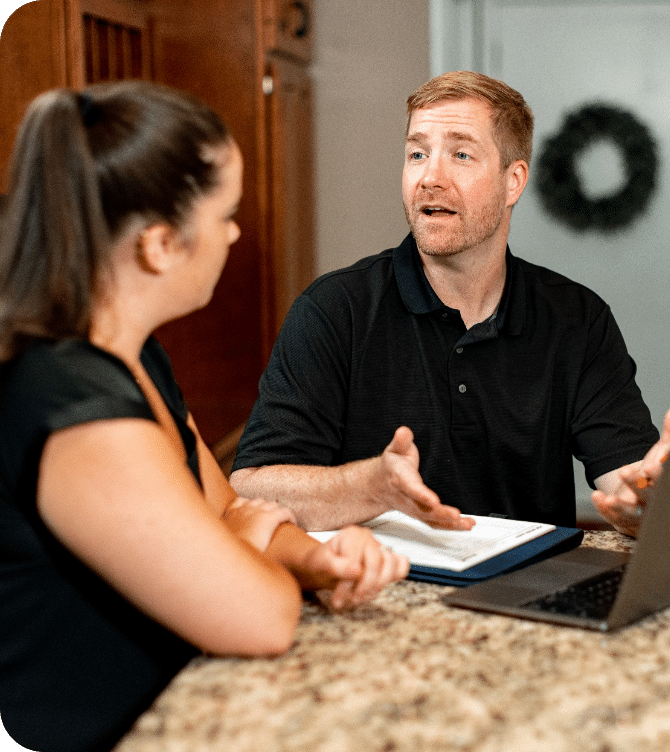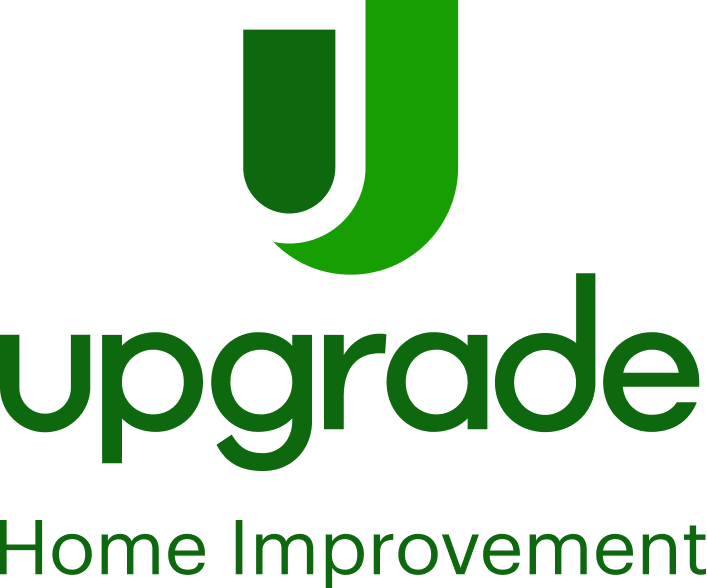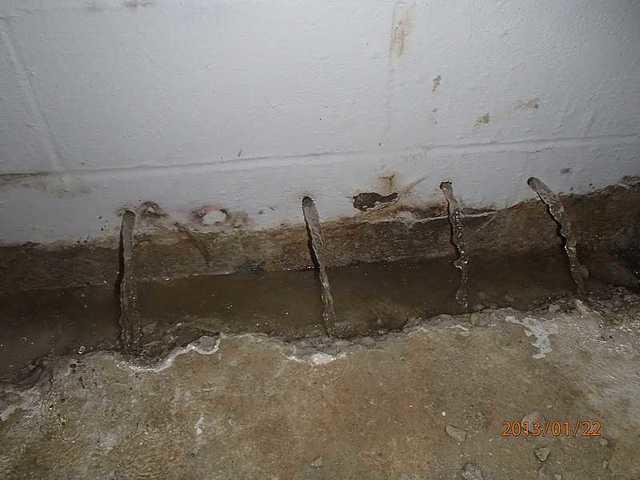
Releasing the pressure from the block wall
Weep holes are drilled into the wall just after the jack hammer team is finished creating a trench for the WaterGuard. This process is to empty the hollow block walls and create an easier path for future water to flow. Water will always follow the path of least resistance so creating a nice easy path is the best way to be sure water goes where we want it to go.
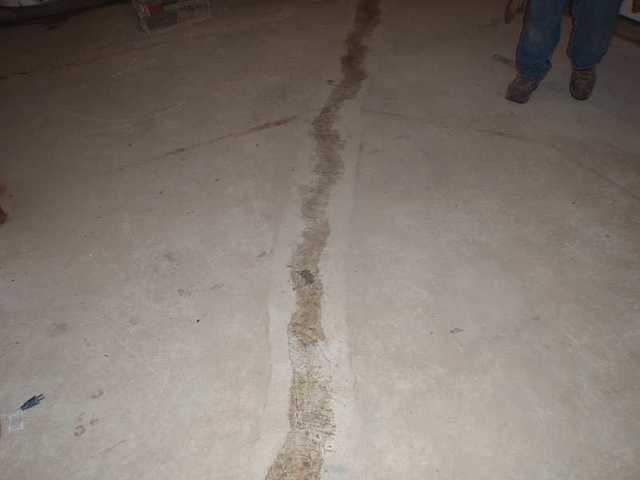
Creating a lateral or cross connect pipe
This basement had a rather large crack in the floor and it leaked water after every rain storm. The best way to be sure the water gets to the sump pump is to open up the crack a little and install another pipe. Any water that comes up in this spot will be sent off to the pump.

Tools of the trade
Jack hammers, pickaxes, and shovels are used to get the trench made. Sometimes the simple tools are the best. The great thing about WaterGuard is that it sits on the footer, up out of the dirt. This means that less flooring is removed and less mess is created.
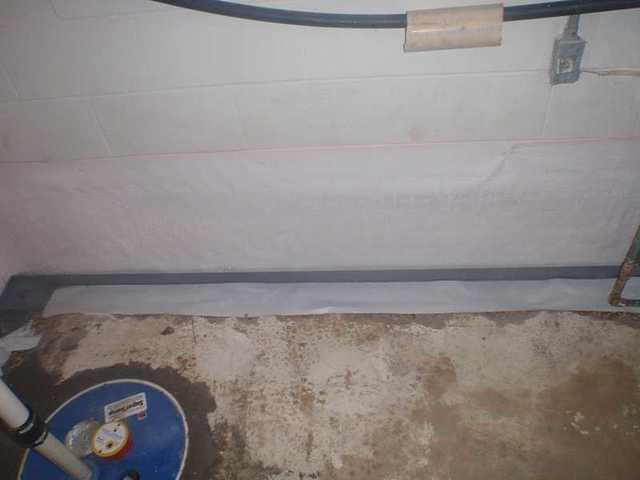
WaterGuard drainage pipe in the basement
WaterGuard rests on top of the concrete footer so it is far less likely to clog than other systems. Most companies use a system that involves putting pipe next to the footer, which means it is sitting in dirt. Another disadvantage to that kind of system is that is causes the dirt under the footer to erode over time, creating foundation repair concerns.
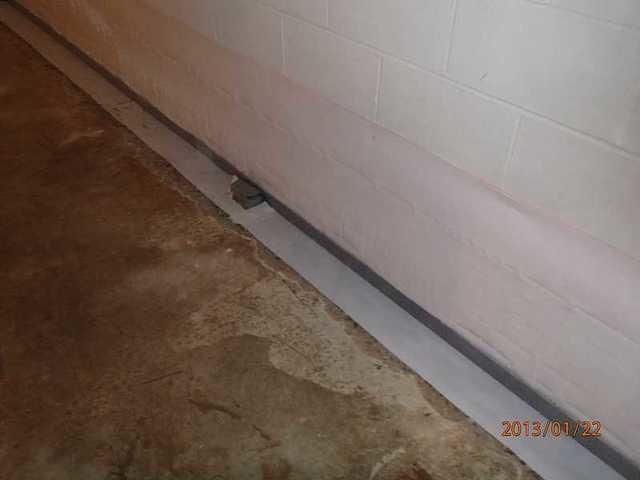
Straight sections of pipe
Notice how the pipe is straight and rigid? WaterGuard is installed in long sections and does not come from a coiled up pipe. This means that the water can flow through it very easily since it never encounters any little bumps. This makes for a much more efficient system.
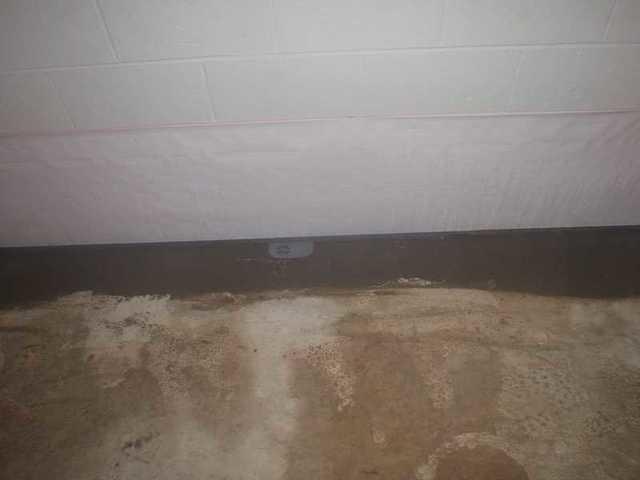
Sealing up the exposed area with fresh concrete
Since WaterGuard requires less floor to be removed, it looks much better when completed. The inspection port is a nice feature. It allows you to check for clogs and flush the pipes if necessary. WaterGuard is simply the best solution to a leaky or flooded basement.
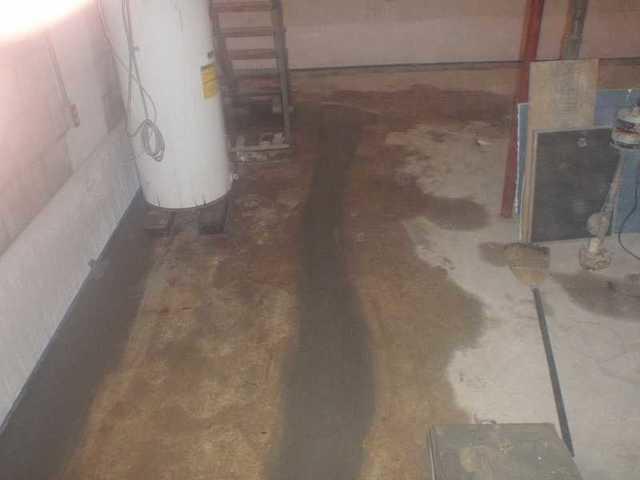
Cleaning up after the job
DryZone is known for doing a great job, but so many homeowners comment on how great things look afterwards. I guess they are used to contractors being messy. DryZone crews are trained to clean the area and wipe down any excess or runoff.


